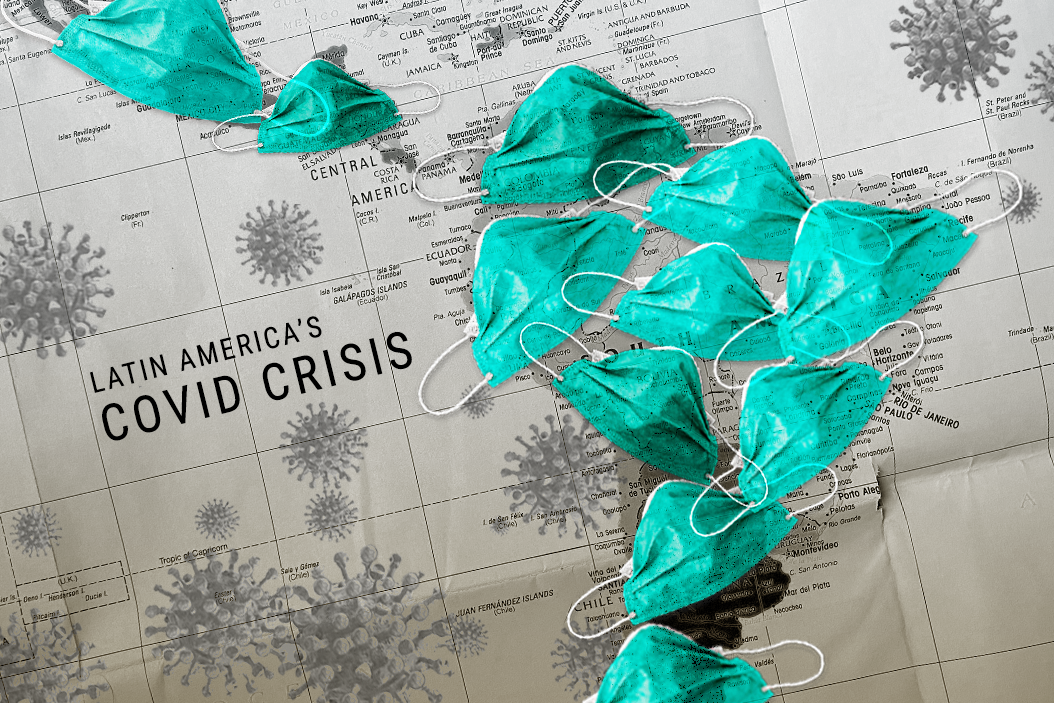Hard Numbers: Latin America tops COVID death rates, disasters hit Asia, India slims labor laws, Taylor verdict sparks US unrest
7: Among the 10 nations showing the highest COVID-19 death rates per 100,000 people, seven are in Latin America. Weak health systems, frail leadership, and the inability of millions of working poor to do their daily jobs remotely have contributed to the regional crisis. Peru tops the global list with nearly 100 fatalities per 100,000 people. Bolivia, Brazil, Chile, Mexico, and Colombia are also in the top 10.
2: Two policemen were shot in Louisville, in the US state of Kentucky, during protests and riots over a grand jury's decision not to press charges against police officers for the killing of Breonna Taylor, an unarmed Black woman who was shot to death in her own home during a botched drug raid in March.
80: Among people around the world affected both by natural disasters and COVID-19 this year, 80 percent live in the Asia Pacific region, according to a new report from the Red Cross. India and Bangladesh suffered the most, as floods, storms, and the pandemic affected some 40 million people in the two countries.
4: India's dozens of famously confusing and conflicting labor laws have been slimmed down to just four in a historic new reform. The new laws significantly expand labor rights and protections, while also giving companies more flexibility to hire and fire employees. Critics say that because the new laws apply only to firms with more than 300 people, the measures do nothing to help hundreds of millions of informal workers who toil for off-the-books cash either alone or at smaller companies.
